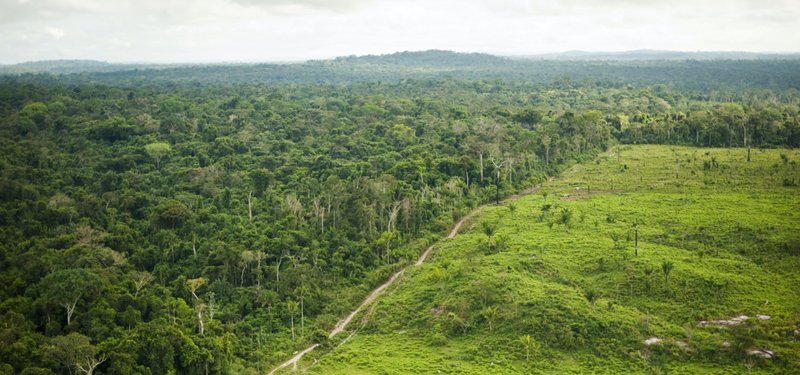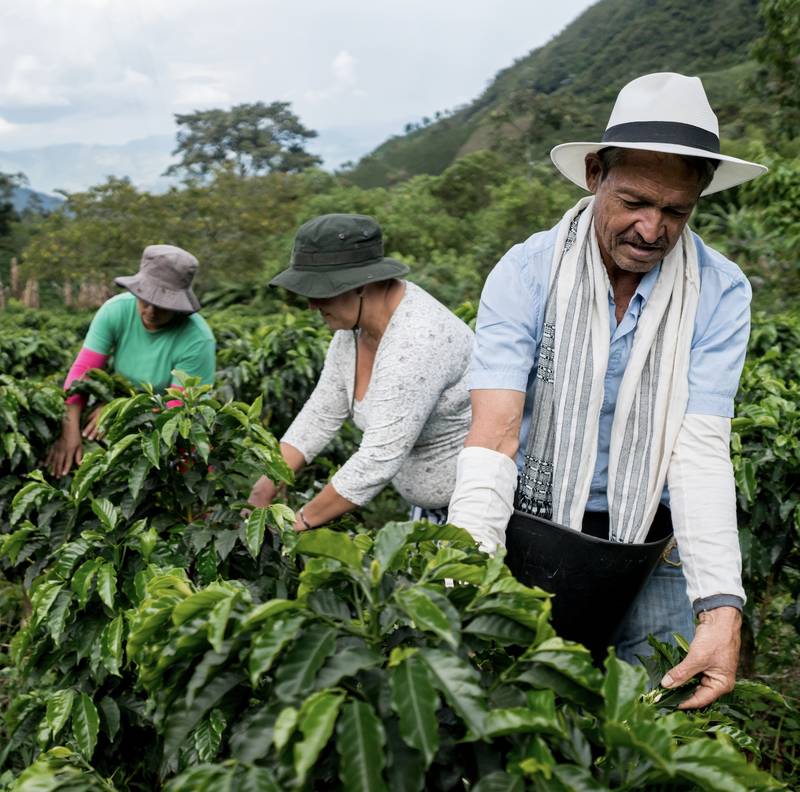
The global value of nature
As national governments deal with the repercussions of COVID-19, many are locking in policies that will reverberate for decades. At this critical juncture, nature-positive recovery is both possible and sensible—for creating jobs, ensuring our future health and economic well- being, stabilizing our climate and protecting biodiversity.
Headline statistics
- More than half the world’s total gross domestic product (GDP) ‒ at least $44 trillion of economic value generation – is moderately or highly dependent on nature and its services.
- Forest resources support the livelihoods of more than 1.5 billion people around the world.
- New investment of $350 billion per year in sustainable food and land use systems could create more than 120 million new jobs and $4.5 trillion of new business opportunities by 2030.
Nature-dependent value
- Research by the World Economic Forum (WEF) has estimated that $44 trillion of economic value generation – more than half of the world’s total GDP – is moderately or highly dependent on nature and its services and is therefore exposed to nature loss. Industries that are highly dependent on nature generate 15% of global GDP ($13 trillion), while moderately dependent industries generate 37% ($31 trillion).[1]
- The Global Commission on the Economy and Climate says that the global public goods benefits from forests, which would be in the order of trillions if properly counted, are obscured by the more tangible private benefits through priced goods – timber, land for agriculture – accruing to those able to seize them. A first-order priority, therefore, is to recognise the true economic value forests offer; and then to establish a ‘new forest economy’ which reflects that value.[2]
- Together, the three largest sectors that are highly dependent on nature generate close to $8 trillion of gross value added (GVA): construction ($4 trillion); agriculture ($2.5 trillion); and food and beverages ($1.4 trillion). This is roughly twice the size of the German economy.[3]
- Six additional industry groupings – chemicals and materials; aviation, travel and tourism; real estate; mining and metals; supply chain and transport; retail, consumer goods and lifestyle – with less than 15% of their direct GVA highly dependent on nature, still have “hidden dependencies” through their supply chains. More than 50% of the GVA of their supply chains is highly or moderately dependent on nature.[4]
- The World Bank has found that well-managed natural infrastructure can provide sustained economic benefits, which are particularly important for low-income countries, where natural capital constitutes nearly half of the wealth.[5]
Forests, food and land use systems
- Forests are home to 350 million people around the world, while 60 million indigenous peoples almost wholly depend on them for their livelihoods. Some 70% of the world’s poorest people live in rural areas and depend on agriculture for their livelihoods, mostly in the tropics. In much of Africa, large parts of South Asia, and significant pockets elsewhere, the majority of the population are smallholder farmers or forest-dependent people living at the economic margin.[6]
- According to the FAO, close to 1.6 billion people – more than 25% of the world’s population – rely on forest resources for their livelihoods and most of them (1.2 billion) use trees on farms to generate food and cash.[7]
- In addition to the direct benefits to people, forests (and especially intact forest systems) support a wide range of secondary benefits such as climate change mitigation, freshwater regulation, and human health.[8]
- Analysis by the Food and Land Use Coalition estimates that new investment of $350 billion a year in sustainable food and land use systems could create more than 120 million new jobs and $4.5 trillion in new business opportunities worldwide each year by 2030. This is at the same time as saving costs of $5.7 trillion per year in damage to people and the planet, more than 15 times the investment cost of up to $350 billion per year.[9]
- Research shows halting deforestation could boost the global economy by as much as $80 billion per year, as well as make it more resilient to a changing climate by keeping nearly 3 billion tonnes of CO2 emissions from entering the atmosphere annually.[10]
- Research commissioned by The Nature Conservancy (TNC) estimates that implementing natural climate solutions globally could contribute $25-90 billion in annual value added by 2030 ‒ without factoring in a carbon price.[11] Additionally, the Economist Intelligence Unit says that the economic impacts of climate change is predicted to reduce global GDP by 3% by 2050.[12] By preventing nearly 10 billion tons of CO2 emissions annually by 2030, natural climate solutions would help to reduce this economic burden.
References
[1] World Economic Forum, Nature Risk Rising (2020)
[2] The Global Commission on the Economy and Climate, Unlocking the Inclusive Growth of the 21st Century (2018)
[3] World Economic Forum, Nature Risk Rising (2020)
[4] Ibid
[5] World Bank, The Changing Wealth of Nations 2018: Building a Sustainable Future (2018)
[6] The Global Commission on the Economy and Climate, The New Climate Economy: Better Growth Better Climate (2014)
[7] FAO, Forests and poverty reduction (2015)
[8] Wildlife Conservation Society, The Exceptional Value of Intact Forest Ecosystems (2018)
[9] Food & Land Use Coalition, Growing Better (2019)
[10] The Global Commission on the Economy and Climate, Seizing the Global Opportunity (2015)
[11] The Nature Conservancy, Lands of Opportunity (2017)
[12] EIU, Global economy will be 3 percent smaller by 2050 due to lack of climate resilience (2019)








